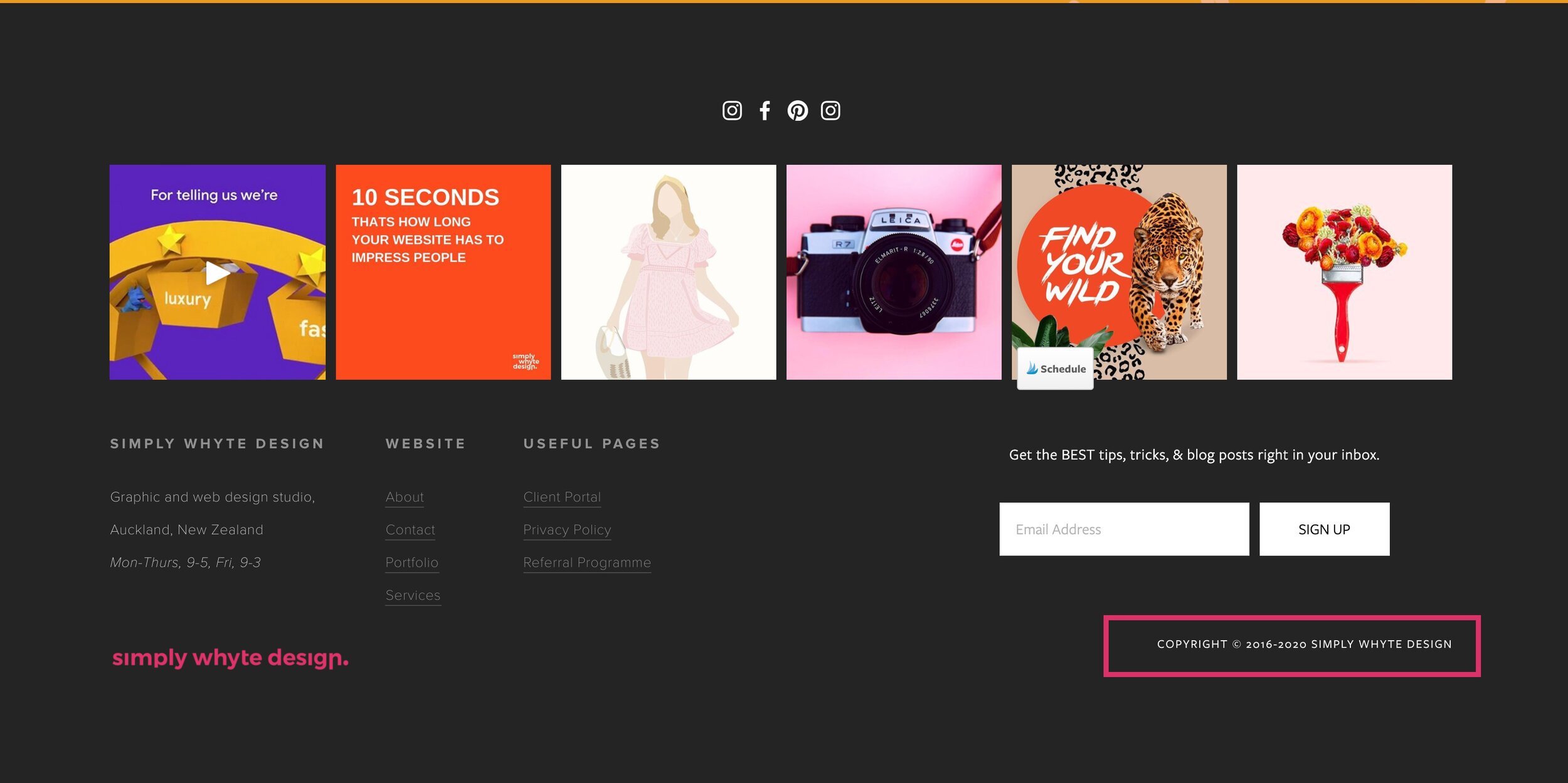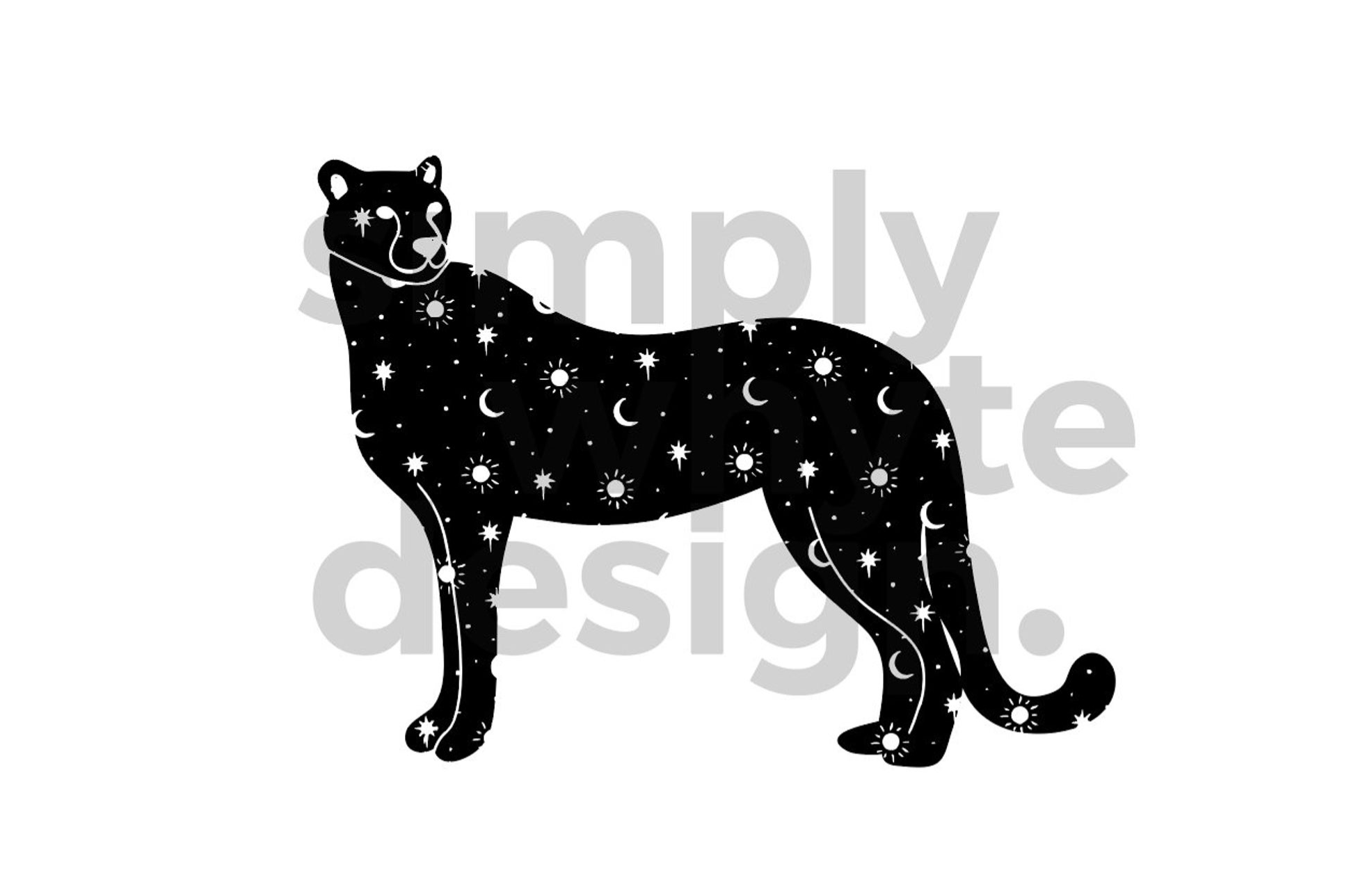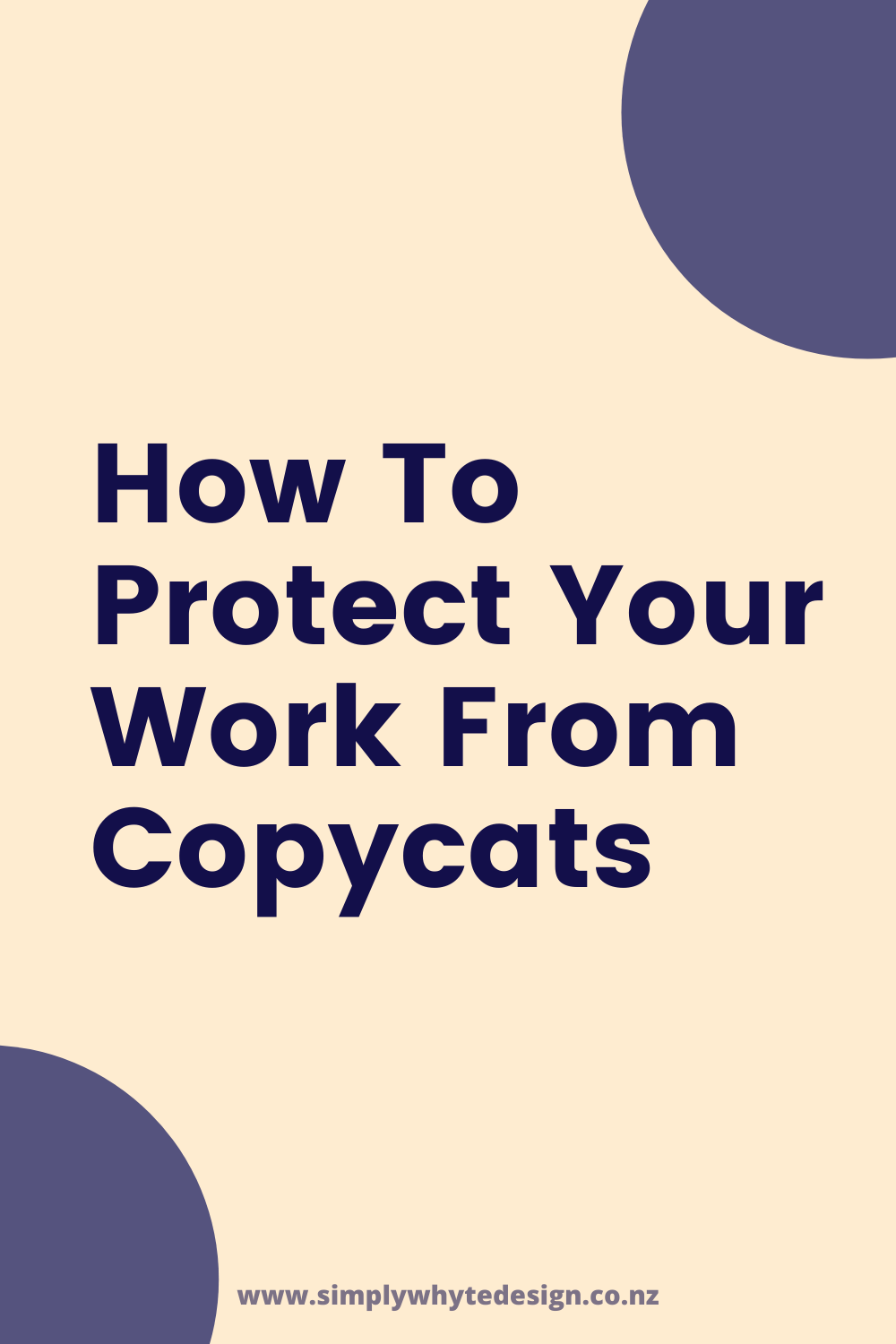How to protect your work from copycats. 5 Steps to Copyright protection
There has been an increase in people copying and using my work without proper credit.
This doesn’t anger me if it’s an honest mistake. Some don’t know the rules about using other people's work. You do have to give them the benefit of the doubt.
But there are other people who definitely know the rules, yet they blatantly just take your work and all the credit for themselves.
This is infuriating for small business owners. We put in time, money, and effort into creating content, developing the style, and creating and polishing every piece of work. Just because our content is shared on social media or anywhere online doesn’t mean it’s available for others to edit and use as their own.
Protecting your work can be difficult especially when there’s no internet police you can run to when this happens. With my recent experiences, I've learned a few really good ways to help limit the copycats.
What is copyright?
Copyright © is a form of intellectual property used to claim that a particular work is owned by someone. Obviously, your original work is automatically yours when you create it. But placing copyright gives your work more protection from theft.
Some examples of copyright infringement include:
Downloading an image and posting it on your social media account with no attribution to the creator.
Copying a blog post or content from another website.
Selling other people’s creations as your own.
Steps to protect your work
You deserve the credit for your hard work, so don’t let others steal it right under your nose. I’ve listed some steps that may help you protect your creations from other people.
1. Learn the different image licenses you can use
Buying or asking permission is necessary before anyone can use a copyrighted work. The license added to the work serves as a guide on how each creation can be used by others.
Here are the image licenses you can use:
Royalty Free Image License - The image can be bought and used in different ways once paid. (E.g. stock photos)
Creative Commons Image License - The creator still owns the copyright. However, there are different license types under this category which allows others to reuse or modify the photo based on the type stated as long as the creator is credited. Learn more about this here.
Copyright free - The image is released without copyright. It can be edited or used for commercial interests without crediting the creator.
Public Domain - The work available for public use without a charge or credit to the original creator.
Non-commercial use - Creations that are not promoted to be sold.
Commercial use - Works that are produced to be marketed, promoted, and sold.
2.Know how to properly credit someone
For content creators, artists, or anyone with original work, it’s frustrating not to get the proper credit. So if you’re someone who appreciates other people’s work, here are some ways to properly credit them.
Ask if you can use their work.
Buy their work with the correct licenses.
Reference where you got statistics and information for research.
Tag accounts on social media appropriately.
3.Protect your content
Aside from adding the right license to your creation, here are other ways to protect your work.
Use a semi-transparent watermark or logo to your image. It’s also useful for making your creations recognizable and for promoting your brand.
Place a copyright footer notice on your website or indicate the ownership of your creation in the terms and conditions page. Make sure this is updated every year.
Prepare a contact for your work and include a Non-disclosure agreement or NDA.
Use disable right click on your website. Here are the instructional video and Squarespace code you can use.
Settings>Advanced>Code Injection
Disable right click in Squarespace
<script language=JavaScript> var message="Function Disabled!"; function clickIE4(){ if (event.button==2){ alert(message); return false; } } function clickNS4(e){ if (document.layers||document.getElementById&&!document.all){ if (e.which==2||e.which==3){ alert(message); return false; } } } if (document.layers){ document.captureEvents(Event.MOUSEDOWN); document.onmousedown=clickNS4; } else if (document.all&&!document.getElementById){ document.onmousedown=clickIE4; } document.oncontextmenu=new Function("alert(message);return false") </script>4. Tools you can use to see if your work has been copied
There are people who follow you and like your work. They will reach out to you and let you know if someone on social media like Instagram is using your work without proper credit.
Aside from them, you can also fight content theft with these tools:
Copyscape - you can run through blog posts to see if someone copied your content.
Tinyeye - Reverse image search allows you to check what pages used your image using this tool.
5. Trademark your brand
Trademarks are also another way to protect your work. It serves as proof of ownership which gives you the exclusive right to use it for your business.
Building the reputation of your brand also provides stronger protection in the long run. Plus, people will tend to recognise your work compared to other businesses similar to yours.
Learn more about trademarks on my blog post.
Fight content theft
Don’t be afraid to create more. Our minds and ideas are things that can never be stolen from us. Just take the tips I mentioned as a guide to help you guard your creations better.
We often focus our energy on producing their work. As we continue working, we also need to understand the ways to protect it from getting stolen.
It's always a good investment and we deserve to get the credit for things we worked hard for. Placing a license or copyright mark makes a clear statement that your work should never be used by other people without purchasing it or asking for your permission.
PIN ME!
Let’s work together
Got an amazing business idea you need help bringing to life? Time to refresh your existing brand? Ready to get serious and connect with your customers with a stunning Squarespace site?





